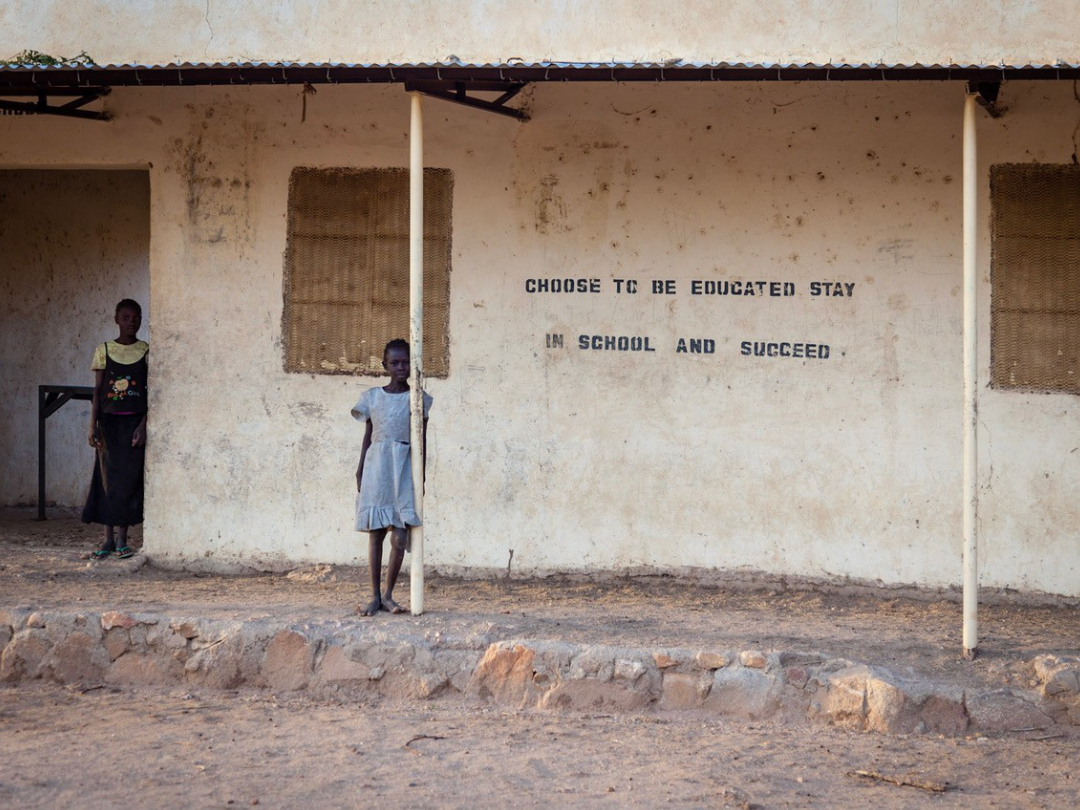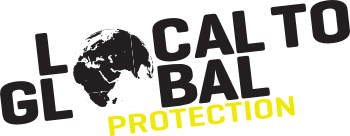She said, What is history?
And he said, History is an angel
Being blown
Backwards
Into the future
He said: History is a pile of debris
And the angel wants to go back and fix things
To repair the things that have been broken
But there is a storm blowing from Paradise
And the storm keeps blowing the angel
Backwards
Into the future
And this storm, this storm
Is called
Progress
Extract from a song by Lauri Anderson, “The dream before”, 1989 – inspired by Walter Benjamin’s writing and a painting by Paul Klee.
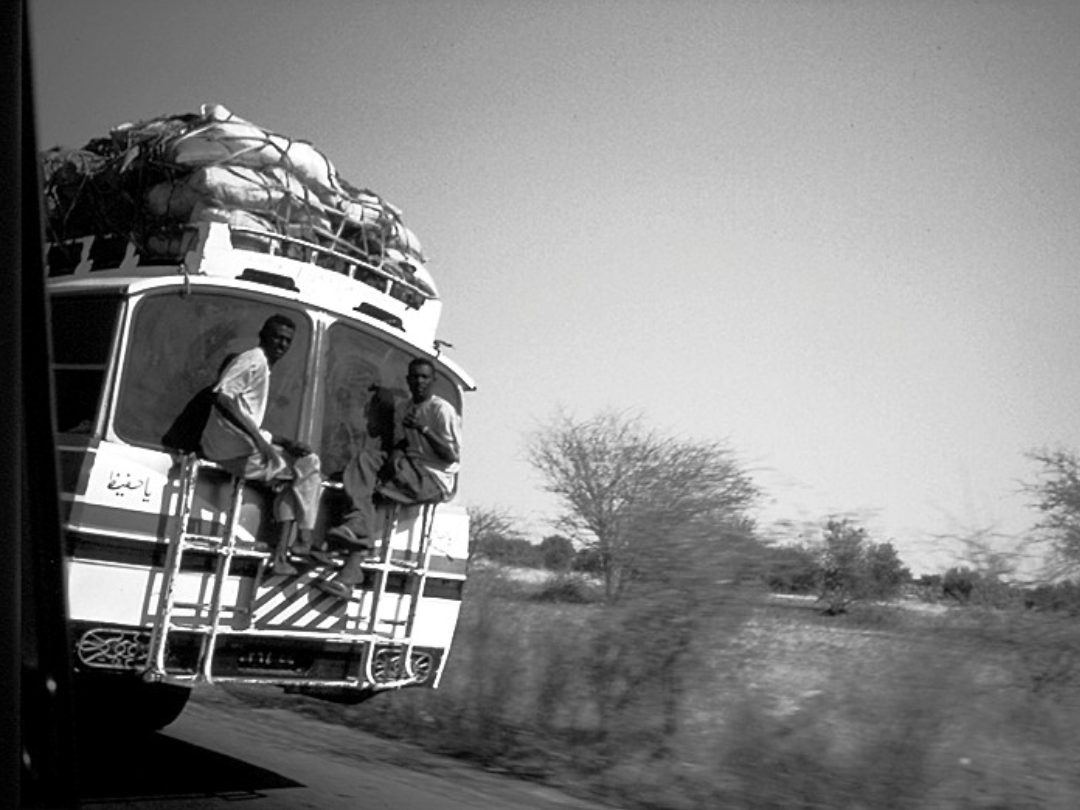
As many of us stumble into a new year, some may experience a sense of being pushed forward while still wanting to go back and try to mend some of the many lives, hopes, homes and livelihoods destroyed in 2024.
In that spirit and recognising that – like it or not – time marches on, this newsletter looks back at a few significant developments from the last months of 2024, and forward to opportunities and challenges in 2025. As ever, the focus of this “Se la vi #3” newsletter remains mutual aid and community-led responses in places where we and good collaborators have been involved.
“If you come across an INGO or donor who doesn’t want to support or work with community led responses – then just move on and find another partner and donor”
(member of the East Africa Community of Practice)
Listening to 22 local NGO leaders and community facilitators gathered in Nairobi in early November under the umbrella of the East Africa sclr Community of Practice, the above quote captures so well how “mutual aid” and “supporting community led responses” (sclr) have moved from a little noticed “fringe activity” to being picked up across the international aid enterprise.
The four-day workshop, also attended by colleagues from L2GP, ALNAP and a number of INGO’s, evolved into an intense sharing of practical experience with supporting community led responses – exploring in depth positive and negative experiences, mapping opportunities and identifying challenges to the sclr approach.
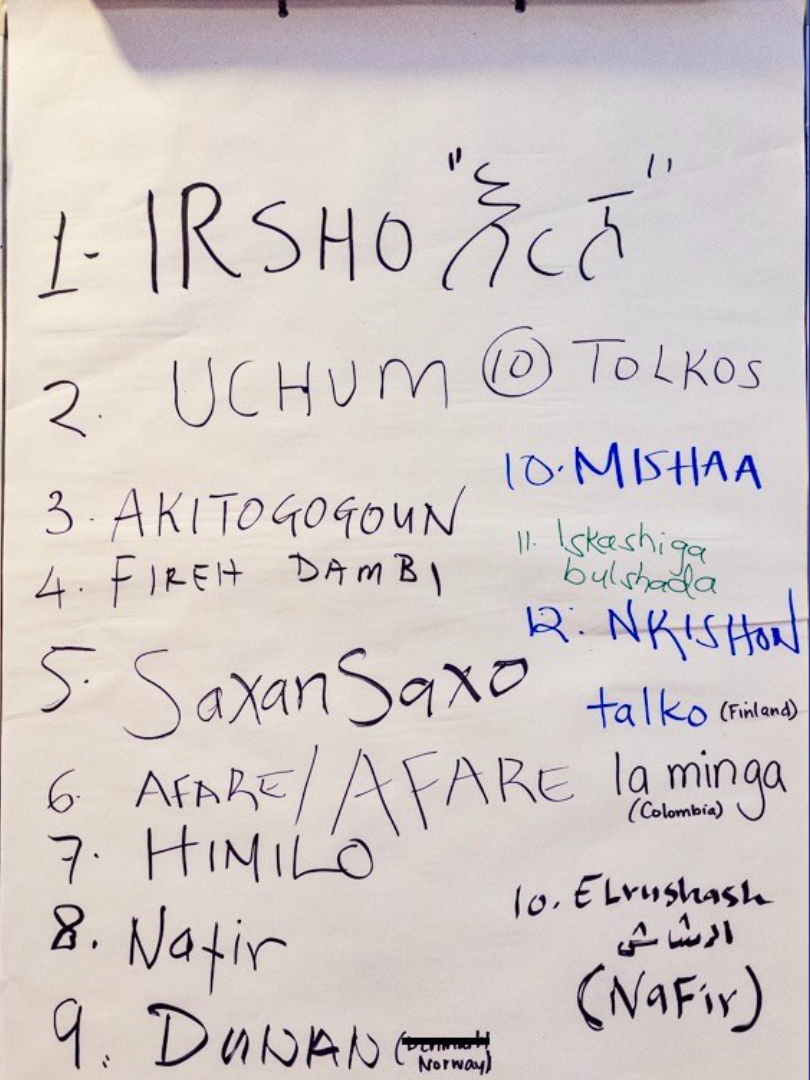
During the workshop participants suggested words and terms used in their respective languages to describe mutual aid, communal work or “supporting community led responses” (sclr). An upcoming issue of Se La Vi will be dedicated to a more in-depth presentation of such terms and words from across the world.
The workshop was joined by colleagues closely involved with the Emergency Response Rooms (ERR) and other community led efforts in Sudan. Since war broke out in Sudan in April 2023, the ERRs and other mutual aid groups have emerged as the foremost humanitarian responders in Sudan. From a start where all their efforts were based on local and diaspora crowd funding these decentralised and voluntary responders are responsible today for activities reaching hundreds of thousands of the most vulnerable and difficult to reach children, women and men in Sudan. To date, the ERR structure and other mutual aid groups have carried out activities valued at many millions of dollars. In 2024, funding from international actors reached well beyond USD 10 millions including diaspora, government donors, INGOs, UN and private philanthropy. Estimated conservatively, the value of the enormous efforts and contributions by ERR and other mutual aid group volunteers would easily equal that amount again.
The Sudanese colleagues held an evening “garden session” where a captivated audience of colleagues from Somalia, Kenya, Ethiopia, South Sudan, Germany, Colombia, Sweden and Zambiagot a firsthand look into the inner workings of one of the most effective and innovative new developments in humanitarian aid globally. They also heard about the harassment, gender-based violence, killings and disappearance Sudanese voluntary aid workers are facing on a daily basis.
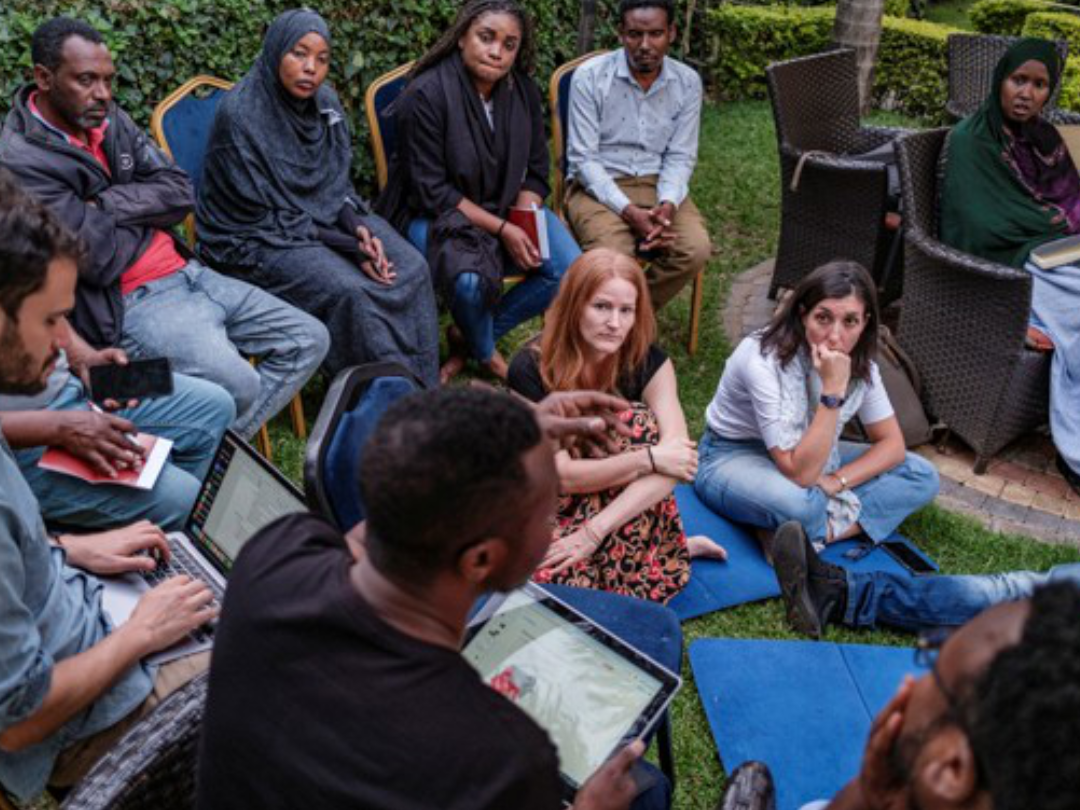
You can read more about Sudan’s ERRs and other mutual aid groups in their own newsletter, in this report or at the L2GP website. Among the the ERR’s initiatives is a new model for channeling support as directly as possible to community led responses. Read more about that here.
If you are interested to know more about this or future activities of the East Africa sclr Community of Practice, please get in touch with the network coordinator.
In 2024, we’ve collaborated with several national and regional hubs and Communities of Practice (CoP) focused on experience sharing with supporting community led responses. Alongside East Africa and MENA, there are hubs and communities of practice in Latin America, Haiti, DR Congo, Ukraine, the Philippines and parts of Southeast Asia. These groups host regular online and face-to-face meetings and workshops focused on connecting practitioners and activists who work on supporting mutual aid and community led responses.
In 2024, the hubs/CoPs also served as platforms for online and face-to-face experience-sharing between practitioners from Haiti and DR Congo as well as India, Myanmar and the Philippines. The hubs all strive to be led by local/national actors – and while INGOs of course are encouraged to participate and support the activities and priorities as determined by the local actors. As we head into 2025, we hope to see these collaborative forums grow, become stronger and more independent.
If you are interested to get in touch with any of the above hubs/CoPs please refer to the L2GP website or contact us.
‘Supporting community-led response’ vs group cash transfer: what’s the difference?
This collaboration between Local to Global Protection and the CALP network captures the evolving understanding of the differences between sclr and group cash transfer. Trying to address some understandable but unhelpful confusion among both aid practitioners and donors, this new discussion paper explores the similarities and differences between their approaches as their use has grown in recent years.
Take a read – and then let us know your thoughts!
In the Middle East, the MENA sclr Hub continued meeting online throughout 2024, as the escalating crises in the region made in-person meetings near impossible for national colleagues. Participants from Iraq, Syria, Palestine, Lebanon and Türkiye used the meetings to exchange experience with sclr across the region. Just as importantly, much of the time was devoted to listening to the dangers and enormous pressure many colleagues were working under – emotionally and physically.
The hub held a session devoted to community activists and NGO facilitators in Gaza and the West Bank – with an overwhelming expression of emotional support and solidarity. The mutual respect and empathy between participants – all caught up in destruction, violence and for many deepening hunger and impoverishment – turned this virtual meeting into a manifestation of real presence way beyond any usual aid conference or meeting. Humbling, heartbreaking and inspiring all at once.
Despite – and because of – the escalating crises in 2024, community-led responses continue to grow across the region. Below just a few examples from Gaza back in September 2024 and reported by a collaboration between community groups, MAAN and DCA/NCA:
In Eastern Khan Younis, a group successfully provided some 1,375 people with food packages consisting of fresh vegetables and spices. The food was secured through local vendors and imported from outside of Gaza. The food baskets provided a much-needed relief for community members who have been struggling to access sufficient food and nutrition since the onset of the emergency.
In Western Khan Younis, a community group procured and distributed food packages for an estimated 1,100 people. These packages consisted primarily of imported food, combined with some locally grown herbs. Amongst others, the packages contained dates, cheese, olive oil, honey, vitamin-fortified biscuits, chickpeas, and dried fruits.
In Deir al Balah, a community group identified the high need of functioning sanitary facilities and therefore organised the installation of ten mobile latrines in their camp. The work included improving the sewage network to ensure that the mobile latrines were installed in a sustainable manner. The ten latrines are estimated to benefit approximately 133 households in the camp and provide a much-needed relief ensuring cleaner facilities with privacy and security for the users.
“Whenever I need to enter the bathroom, I am terrified of looking for a place that preserves my dignity while I relieve myself, today we have a bathroom with a door”
(Displaced person in Deir al Balah)
“We do not want aid from the world. We want to stop the war” a report on “Community priorities and perceptions of aid and mutual support in Gaza” was published in August 2024 by Ground Truth Solutions and the Arab World for Research and Development. The report pointed out that:
As we publish this newsletter a ceasefire is supposed to have come into effect between Israel and Hamas. Wishing from all our heart that it will translate into real peace and a very significant increase in aid to the people of Gaza, we also know that, whatever may come, the volunteer aid groups which have been so crucial since October 7, 2023 will continue to be a key part of the response going forward.
In Türkiye, Support to Life (STL) recently published a paper on experiences working with community led responses inHatay and Kahramanmaraş provinces following the devastating earthquake on February 6, 2023.
Based on their experience with the sclr approach responding to floods, wildfires and the earthquake, STL has now started a strategic process which aims to give community-led responses a central role in their future work.
The sclr responses in Türkiye were among other supported by international philanthropic funding. With many traditional donors still finding it difficult to shift their own mindset and procedures to fund community led responses or – as in Sudan – mutual aid actors such as ERRs – philanthropic donors and a few forward looking INGOs continue to play an important role in providing the more flexible and ‘localised’ support needed to demonstrate what this way of working can potentially achieve.
Read Support to Life’s report or get in touch with Ridvan Öner at STL to find out more about their work.
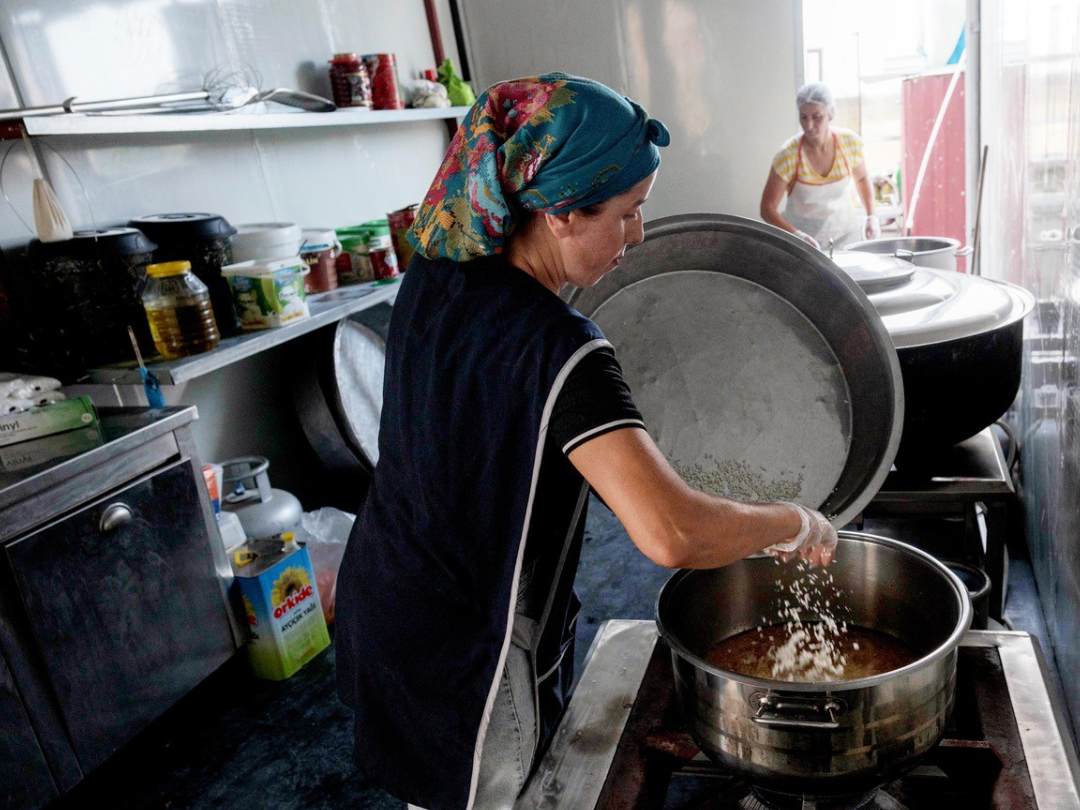
Photo: © Can Erok / Oksijen
“Communities declared that their confidence in non-governmental works increased with project design of needs determined by local communities and taking rapid action for realisation of these projects and that they started to cooperate with different nongovernmental organisations towards their needs. This environment of trust increased cooperation in community led projects while also reinforcing localisation activities of Support to Life.”
(Quote from STL’s report)
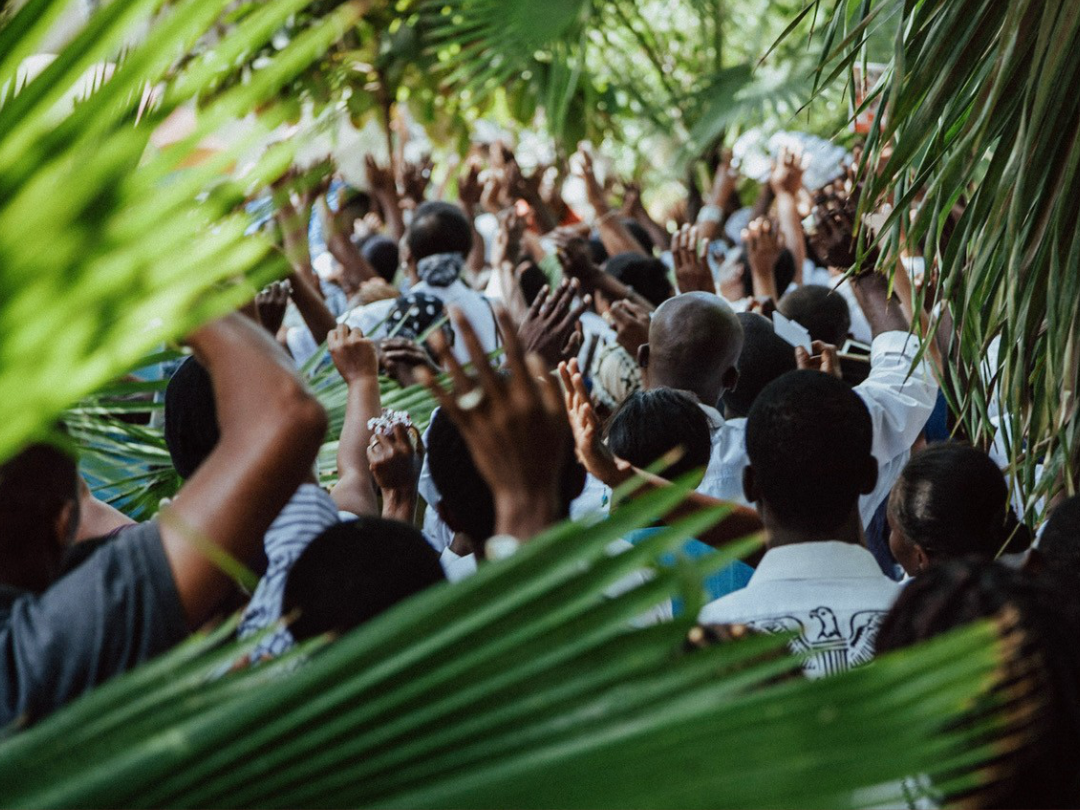
Tens of thousands of survivors joining a multi faith commemoration weeks after the January 2010 earthquake in Haiti.
Is mutual aid the future? It certainly is an important part of the present and of the past – of history – long before the aid enterprise eventually came across it. Among activities planned for 2025, L2GP will try to convene practitioners and researchers actively engaged with increasing our collective understanding of mutual aid, how it can best be supported – and what risks that may present for the integrity of such efforts.
We have developed introductions to mutual aid and community led responses in collaboration with a number of academic institutions who offer graduate and postgraduate courses in humanitarian work.
We call these courses “Locally led crisis response: The future of aid – how to support it.” If you would like to know more about these courses, or work with an institution that would like to host such a session/course, please get in touch.
